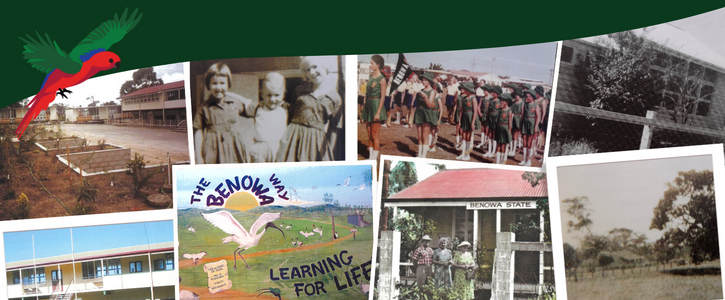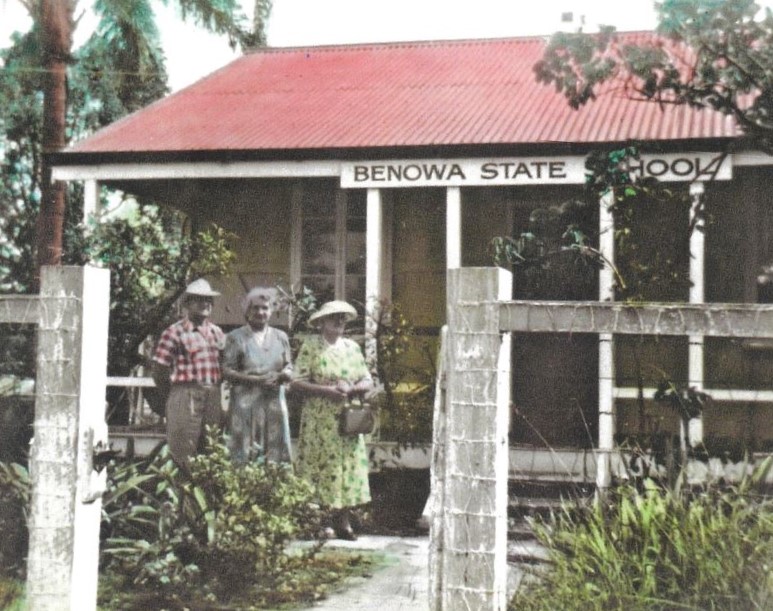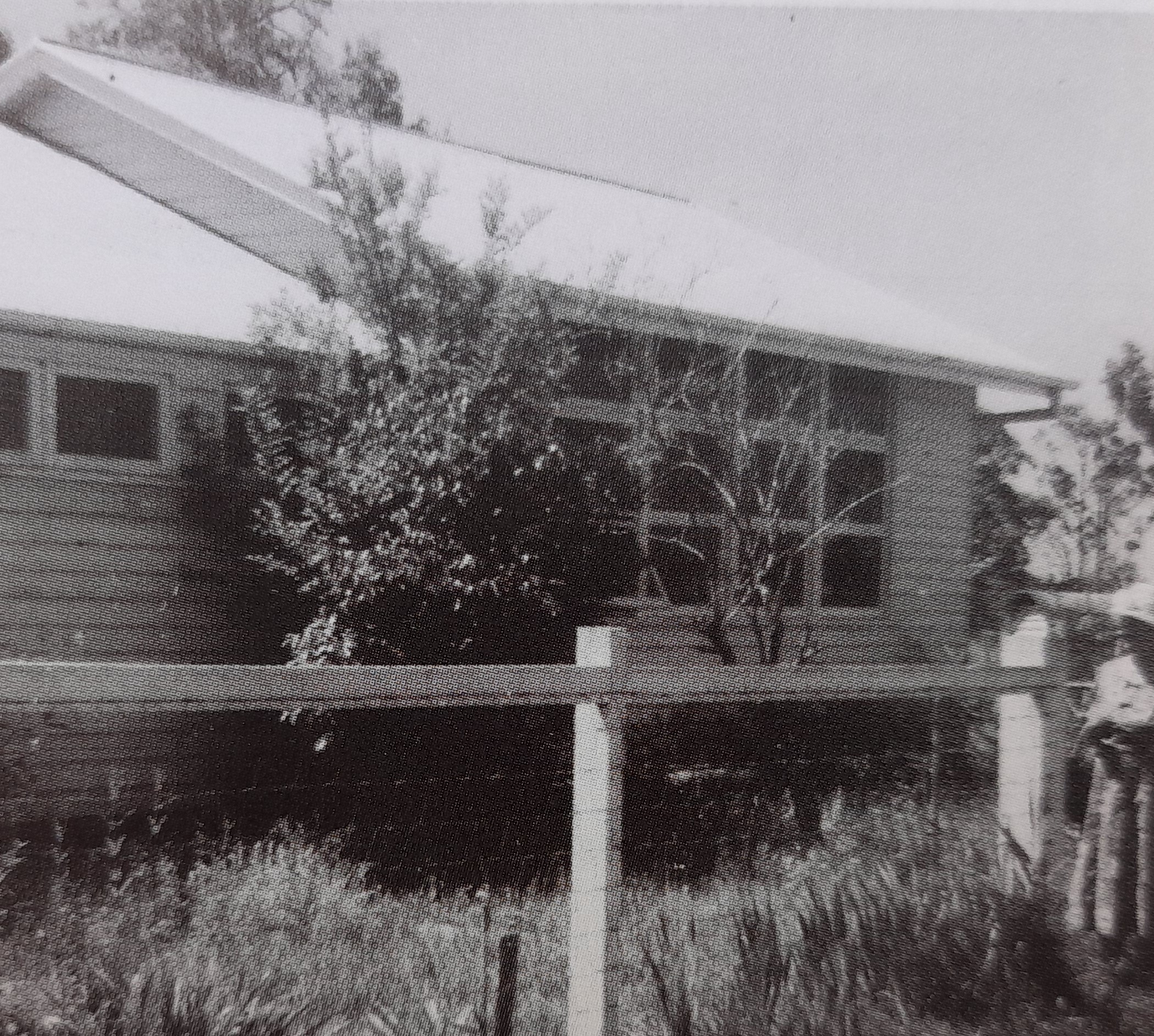
Benowa has a long and rich history in the formation of the Gold Coast and is one of the few Gold Coast suburb names that dates back to the nineteenth century.
In 1869 a Scottish sugar cane farmer and pioneer, Robert Muir acquired 1100 acres of land along the northern bank of the Nerang River which he planted. He called the plantation 'Benowa' which early historians believed to be derived from the Bundjalung language word, 'boonow' meaning 'red bloodwood'.
In its time Benowa was classed as a large-scale sugar cane plantation. Bailliere's Queensland Gazetteer (1876) described Benowa as having three sugar mills, a hotel, racecourse, courthouse, store and a blacksmith. The village formed around the Ashmore and Benowa Roads intersection.
In these times, land and buildings were provided by the community for school purposes and so the Bundall Provisional School opened on the 21st September 1885. Located on the corner of Ashmore Road and Mediterranean Drive, the first head teacher, Mr Edwin Davies, enrolled 24 students on the day of opening.
 Sadly, a fire destroyed the Bundall Provisional School building in the late 1880's and all records of the school history were lost.
Sadly, a fire destroyed the Bundall Provisional School building in the late 1880's and all records of the school history were lost.
After the fire, a replacement building was used and the school was relocated to the corner of Ashmore Road and Carrara Street and called Benowa State School
The Benowa sugar cane plantation was a successful enterprise, but its connection to the Muir family ended suddenly when Robert and his eldest son Peter drowned during the floods in January 1887 while attempting to travel to Brisbane in their horse drawn buggy. By September 1887 the land was for sale.
The Benowa Plantation land was purchased by Charles Parbury who divided it into smaller properties for sugar cane growers as well as donating a portion of land for the establishment of the new school in 1900. The school was built in 1908 and opened in 1909.
The sale of the Parbury Estate in the early 1920's saw land sold to the Huth and Rosser families –which now is home to the current School grounds and Rosser Park – the Gold Coast Botanical Gardens. In the 1920's, the vacant lot next door to the School was acquired and added to the school grounds and again another lot of land was added to the growing school in the early 1950's.
 By 1957, Benowa State School had progressed from a one teacher school to two teachers where 59 students were in attendance.
By 1957, Benowa State School had progressed from a one teacher school to two teachers where 59 students were in attendance.
Widening of Ashmore Road and realigning of Carrara Street in the early 1960's meant the school was once again relocated. This school building was decommissioned (and is now part of a heritage precinct at the Gold Coast Potters Association) and a new school was built on 7 acres of the Huth Estate on the corner of Benowa Road and Carrara Street where it remains today.
In January 1965, Benowa State School celebrated the opening of this new school building consisting of 2 classrooms, a library, storeroom and a staff room. From the late 60's Benowa State School continued its expansion and by 1976 renovations included four new blocks and an administration building. In 1980 Benowa State School had 1052 students enrolled.

With the opening of additional schools in the area from the 80's onward due to population growth, attendance at Benowa State School settled to around 900 students and this remains today.
Benowa State School has continued to evolve and thrive, cementing itself as a school with a rich history and holds strong its motto of Empowering Lifelong Learners.